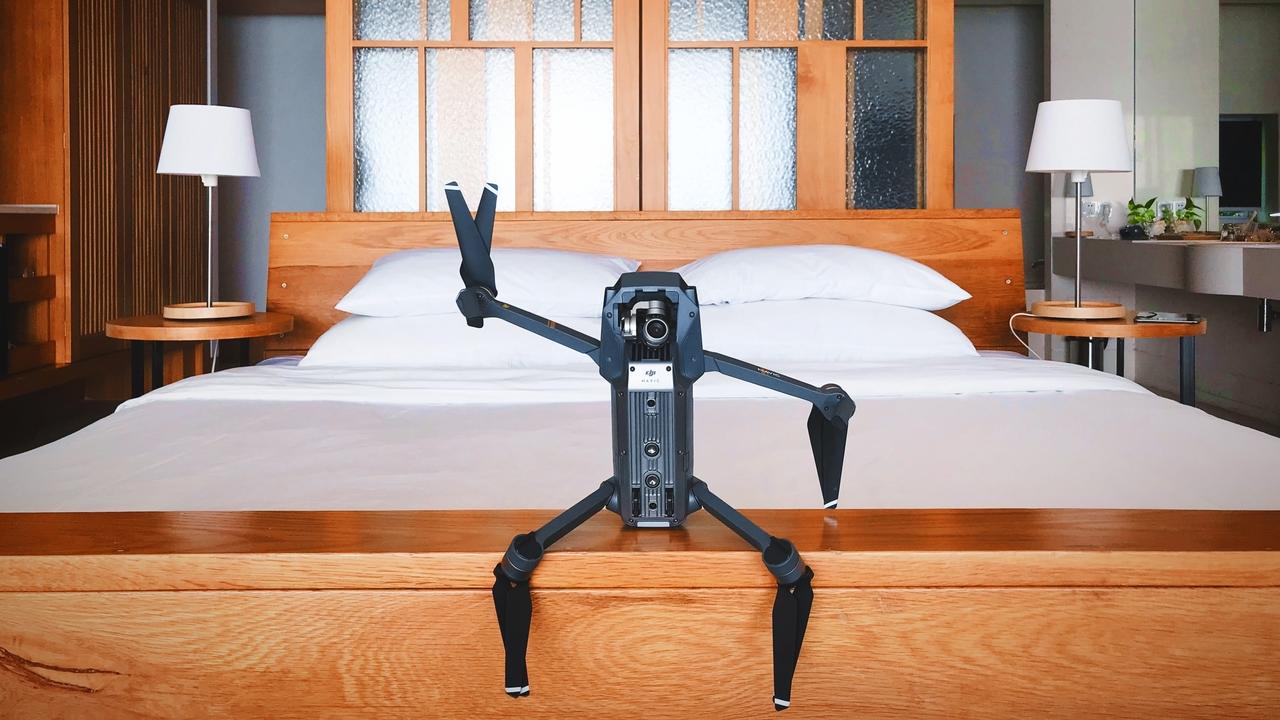
10 Household Products to Detox
Apr 10, 2018by Angela Cummings and Sophia Ruan Gushée
Household products—like cleaners, paints, and fragrances—contribute to half of our urban air pollution, according to a study led by the National Oceanic and Atmospheric Administration. (1)
What makes up the other 50%? Vehicle-related emissions.
With such significant amounts of air pollution coming from popular products, your home probably contains some too.
Below are 10 household products that are probably contaminating your indoor air quality and burdening your bodies. (They're listed in no particular order.)
10. Air Fresheners and Candles
As of April 2017, the World Health Organization estimated that 235 million people were suffering from asthma. (2) Air fresheners and candles are two sources of asthma triggers that the American Lung Association advises against using due to the volatile organic compound (VOC) chemicals that are typically used to make these products. (3)(4)
9. Aerosol and Spray Products
What do spray deodorant and spray paint have in common? They are both aerosol products. Chemicals—like methylene chloride and formaldehyde—are added to aerosol products and may contribute to short-term mental confusion, lightheadedness, headache, nausea, or long-term damage to the nervous system or cancer. (5)
8. Cleaning Products
While cleaning fights debris and chemicals found in common household dust, the very products used to clean may be creating another problem: Oftentimes, cleaning products contain chlorine, formaldehyde, pesticides, and phthalates to name a few of the many chemicals. Health risks—such as cancer, hormone disruptors, neurotoxins, and asthma—are examples of potential health effects from chemicals found in standard cleaning products.
7. Curtains
Dyes and fabric treatments found on drapes and curtains often contain toxic chemicals that can contaminate indoor air and dust. (6)
6. Cushioned Furniture
Furniture that is cushy for your tushie might be a pain in the air. Polyurethane foam, popular in cushioned furniture, has been found to release chemicals into the indoor air and household dust. These chemicals may contribute to asthma, loss of coordination, nausea, and damage to the liver, kidneys and central nervous system. (7)
5. Composite or Pressed-Wood Furniture
Take a bunch of wood dust and particles, and blend them with adhesives or resins, and you have composite wood, often times called “pressed-wood” on furniture labels. Examples of pressed-wood are plywood, particleboard, and medium-density fiberboard (MDF). Not only is the wood made with adhesives or resins, the finish layer is often glued on using adhesives and can be made from vinyl, plastic or solid wood.
4. Paints and Finishes
Paints and finishes often contain VOCs and other harmful chemicals that can also contaminate indoor air. These chemicals can be found in the base-color paint as well as pigment colors, stains, and sealers.
3. Soaps & Shampoos
How can such an innocent product—soap or shampoo—be harmful? They often contain phthalates, glycols, preservatives, surfactants/sulfates, synthetic colors, fragrances, and triclosan—an antibacterial and disinfectant that was found to have no advantage over plain soap, but to affect thyroid function, reproductive hormones and liver. (8)
2. Cosmetics
At the time of this article, the Campaign for Safe Cosmetics listed 39 Chemicals of Concern that are commonly found cosmetics. (9) Each of the 39 chemicals has been linked to health concerns—such as cancer,(10) development and reproductive toxicity, organ system toxicity, cellular and neurological damage, and irritation (11). And that’s just the health concerns from the first two chemicals on the list.
1. Baby Bottles
Oh, baby! Turns out, baby bottles often contain BPA and phthalates, while bottle nipples, pacifiers and teethers can be made of polyvinyl chloride (PVC)—one of the most toxic materials. (12)(13)
Are there any products that aren’t hazardous to health?
Learning about toxic chemicals in household products can be overwhelming. However, in doing so, we learn about simple ways to reduce our exposures.
Take your overwhelmed feelings and turn it into action! Start with the things that you are able to change easily.
Get More Tips—and Support!—for Detoxing Your Home!
Enroll in the D-Tox Academy to detox your home and life at a pace that’s comfortable for you.
The D-Tox Academy gives subscribers access to specific brands of products, and tips for how to use and maintain products. The academy includes short videos and checklists that are helpful when making healthier changes.
References
(1) Cooperative Institute for Research in Environmental Sciences
(3) American Lung Association – Indoor Air Pollutants
(4) American Lung Association - Candles
(5)(7)(8) A to Z of D-Toxing, Works Cited Part 2
(6)(12) A to Z of D-Toxing, Works Cited Part 3 and 4
(9) Safe Cosmetics – Chemicals of Concern
(10) Safe Cosmetics – 1,4-dioxane
🎁 unlock your ULTIMATE HOME DETOX™ starter pack
Download the Ultimate Home Detox™ Starter Pack—your free set of practical, science-backed tools to begin reducing toxic exposures in your everyday life.
- Nontoxic Cleaning Guide
- Forever Chemicals Detox Starter
- EMF Detox Challenge
- Safe Cookware Starter Kit
- Kitchen Detox Checklist
- Fertility / Pregnancy / Children's Detox
Join 349,000+ people who’ve turned to Ruan Living for trusted, practical nontoxic guidance. These resources have helped thousands begin their journey toward a healthier home—and they’re yours, free.
GET YOUR ULTIMATE HOME DETOX™ STARTER PACK NOWWe hate SPAM. We will never sell your information, for any reason.



